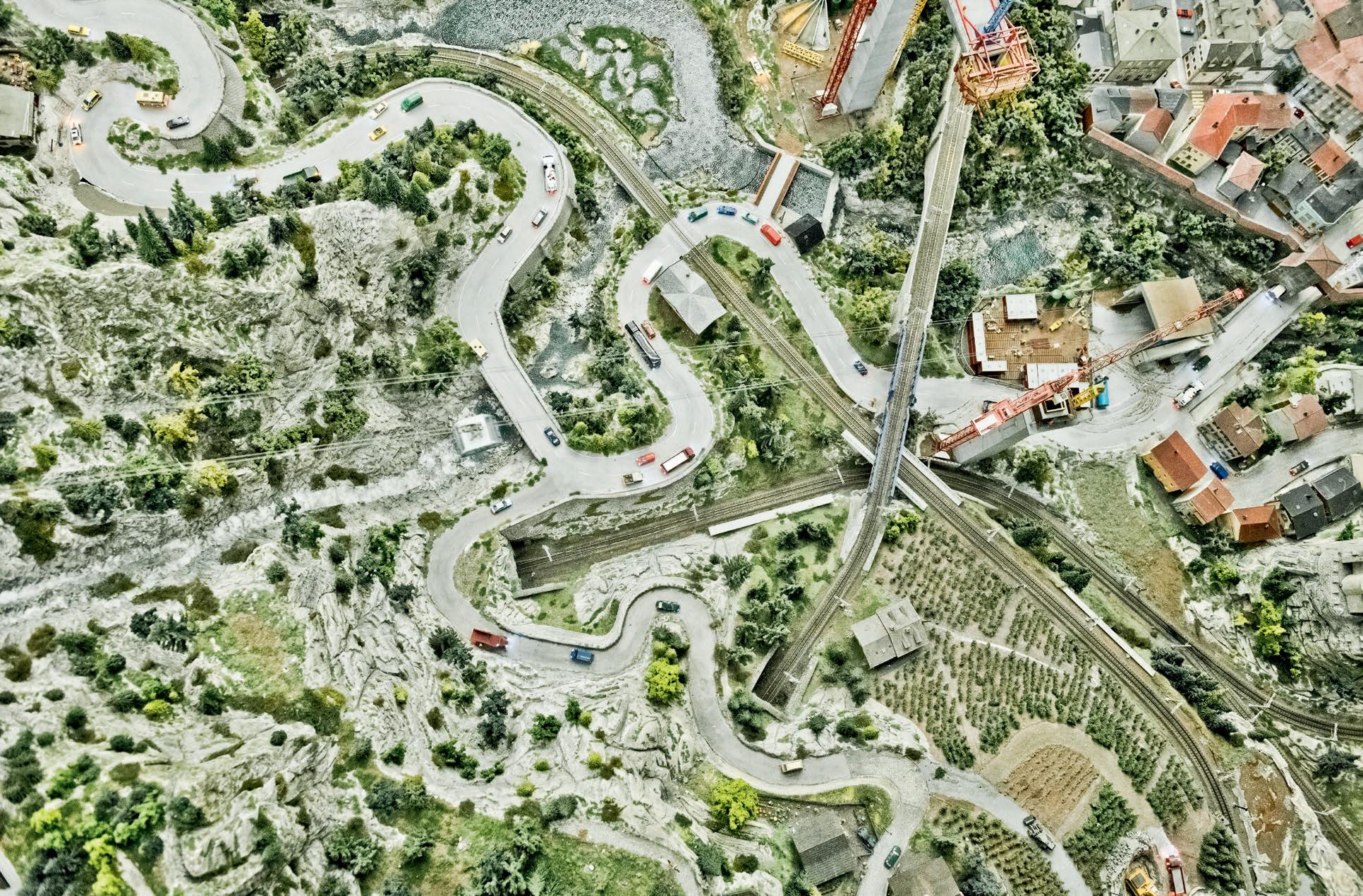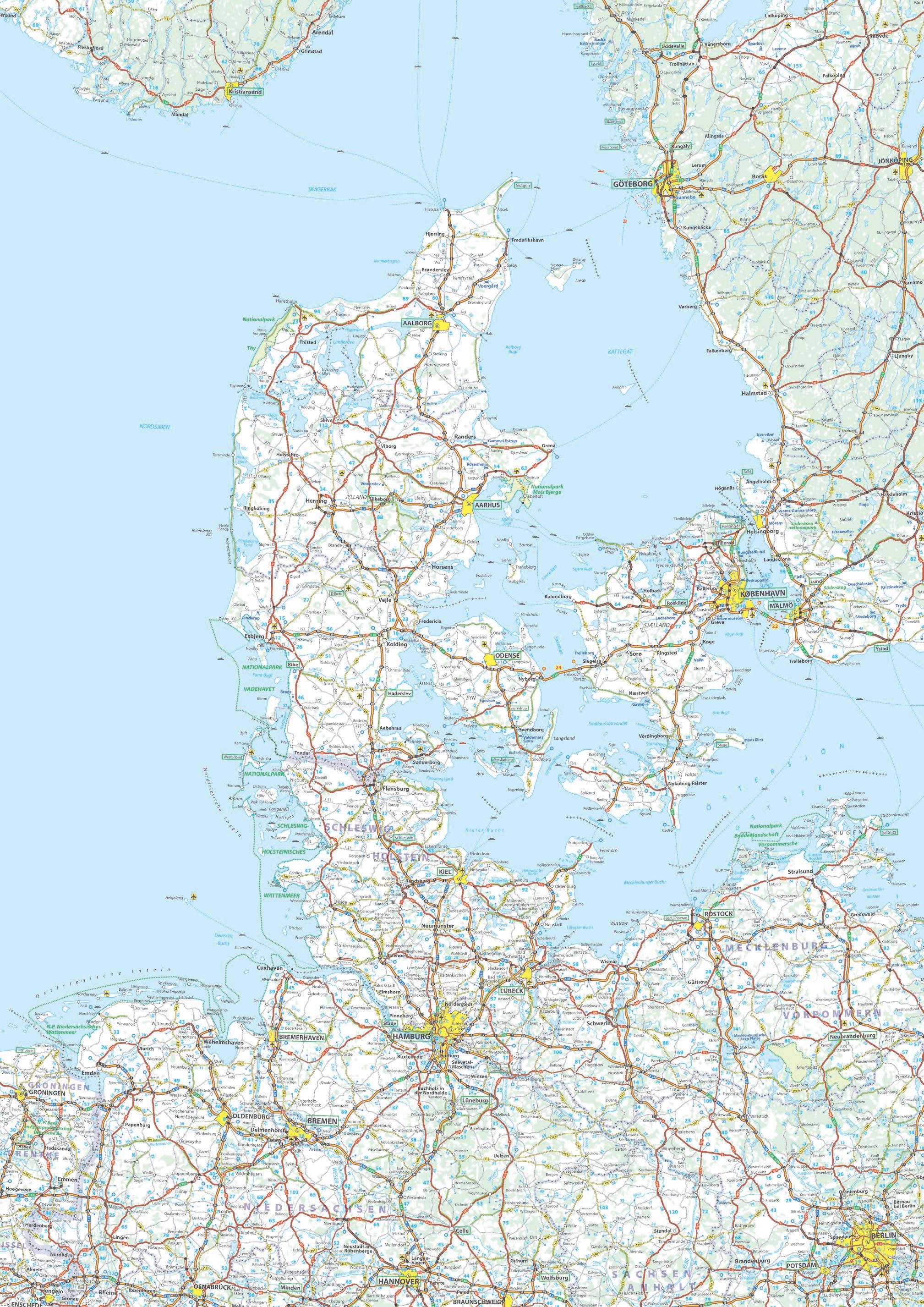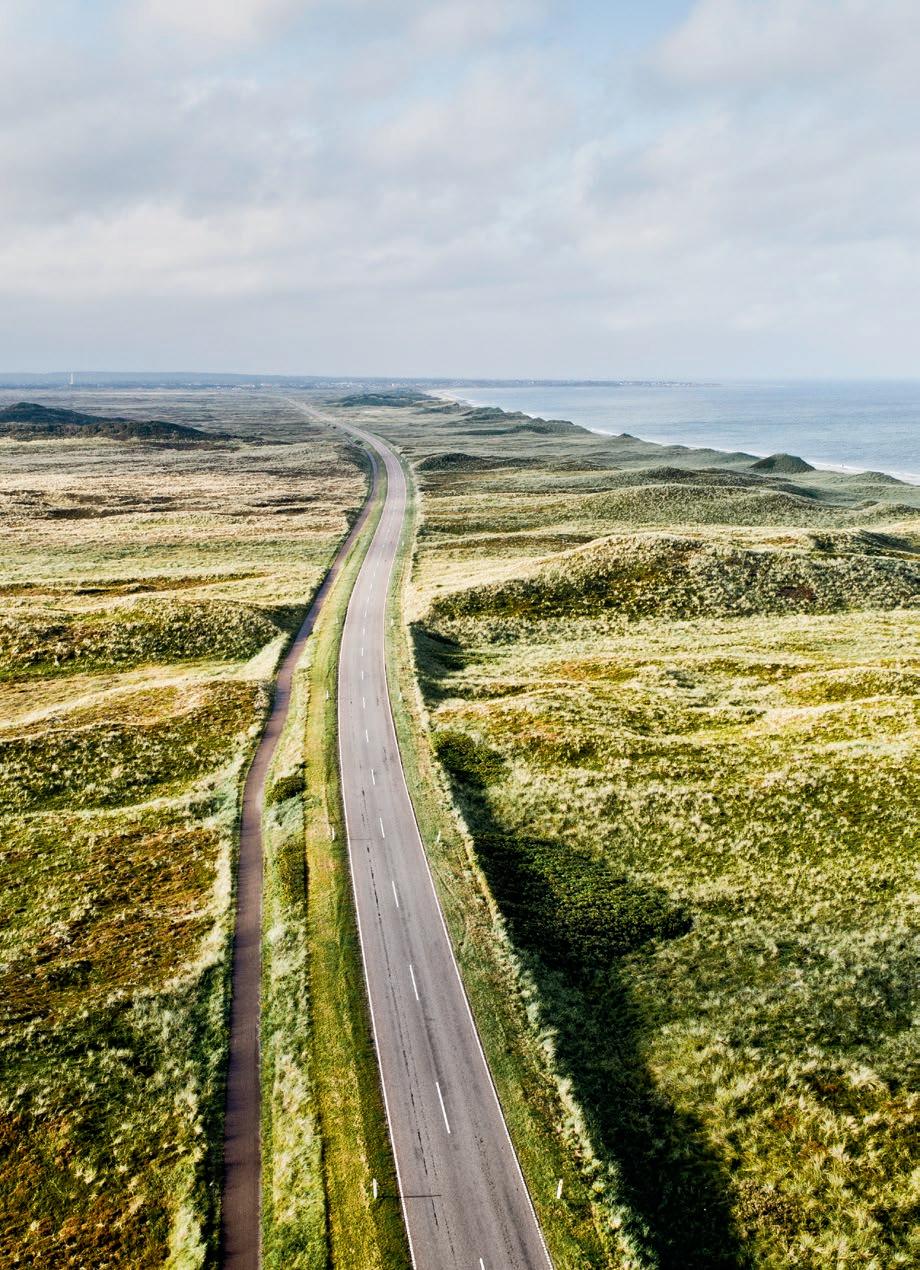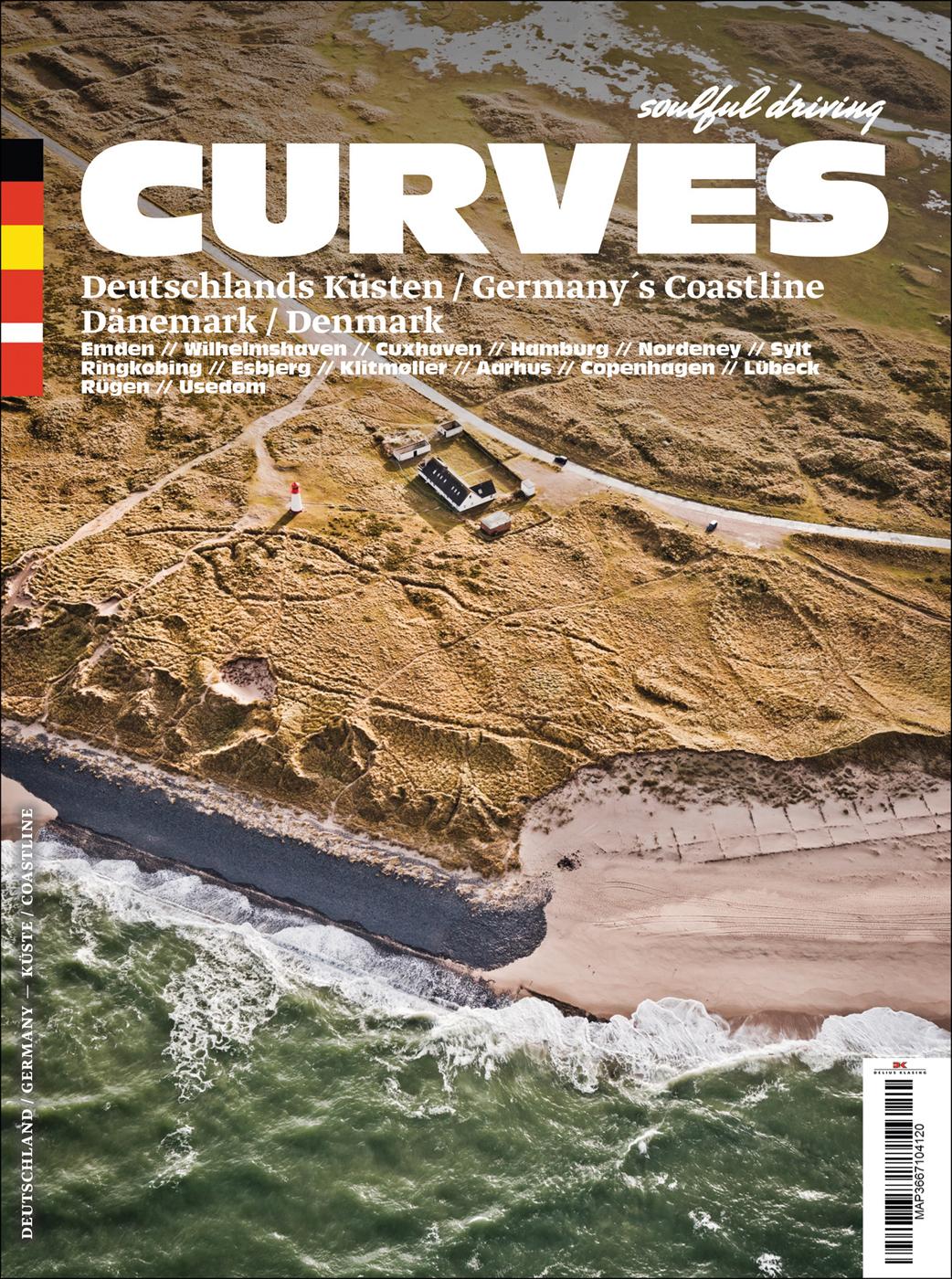
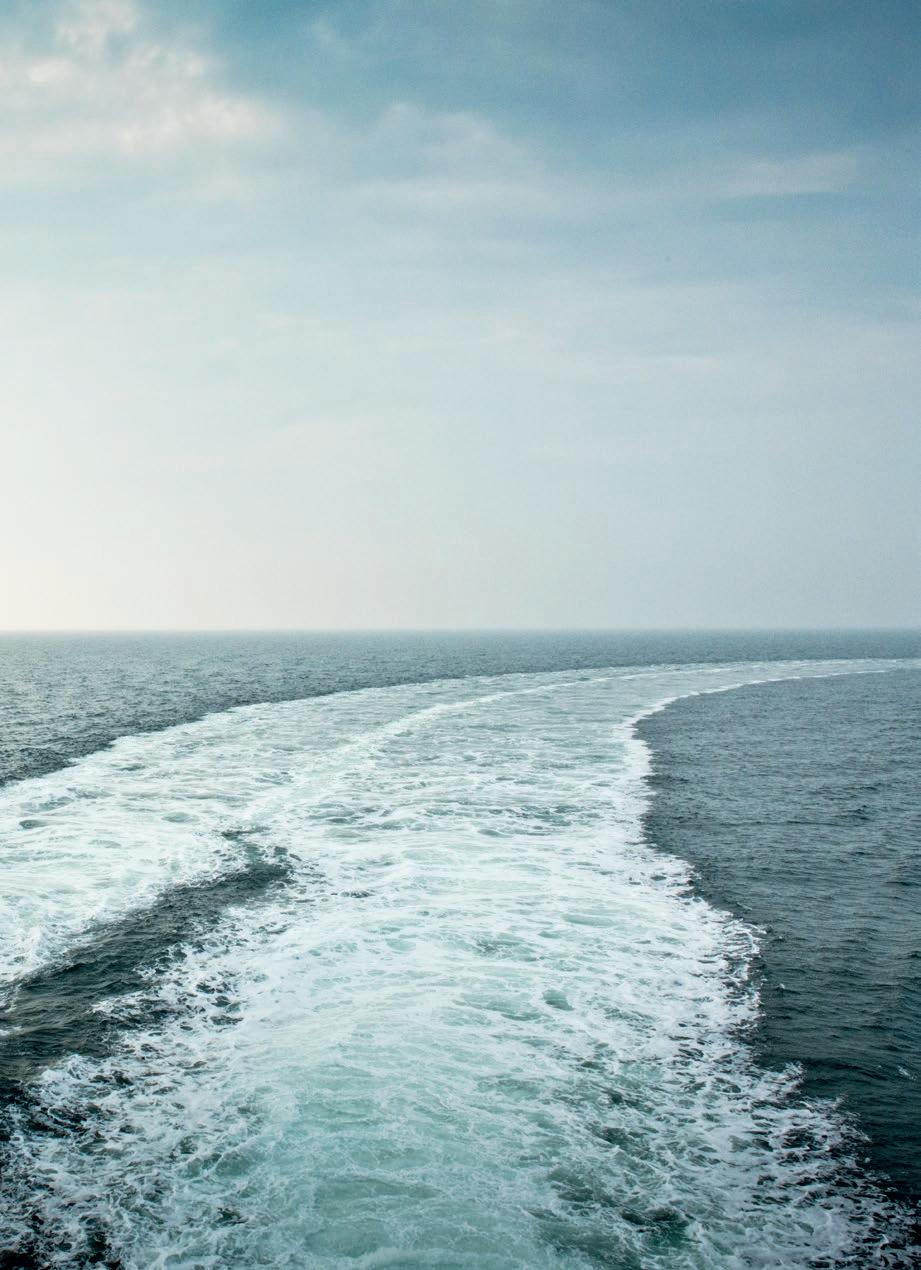
Die Reise an der Nordseeküste entlang beginnt wenige Kilometer hinter der deutsch-holländischen Grenze, in einer Gegend, die vom Ringen des Menschen mit dem Meer geprägt ist. Mehrere große Flüsse entwässern hier in die Nordsee, der größte von ihnen, die Elbe, ist besonders weit gereist. Dämme und Deiche prägen das Bild der Küste, die Flussmündungen werden ganz besonders gegen Sturmfluten geschützt, und das flache Land ist von Entwässerungskanälen durchzogen. Wer diese Küste abfahren möchte, muss seine Ansprüche an landschaftliche Dramatik stark herunterschrauben, die raue Schönheit einer tatsächlich naturbelassenen Küste ist häufig nur auf den Ostfriesischen Inseln zu finden, die sich wie ein großer Riegel vor die Küste des Festlands schieben. Am bei Ebbe trockenfallenden Wattenmeer finden Naturliebhaber Wunder einer ganz besonders intensiven Art. Durch ihren Trubel als Seestädte spannend sind die Städte Wilhelmshaven, Bremerhaven und Cuxhaven, und auch das eigentliche Highlight unserer ersten Etappe ist urbaner Natur: Die Großstadt Hamburg lockt mit ihrer Schönheit, Weltoffenheit und Vielseitigkeit. Wir haben hier wunderbare Momente erlebt. Der Besuch im Automuseum „Prototyp“ dürfte Besucher überraschen, die in Hamburg nur Schiffe erwartet hätten.
Während sich die erste Etappe noch in stetem Gleichmaß der Streckenbewältigung und dem pragmatischen Charakter Ostfrieslands verschreibt, ist unsere zweite Etappe von starken Gegensätzen geprägt: Bereits in der vitalen Hafengroßstadt Hamburg wechseln sich die Eindrücke auf engstem Raum ab. Einerseits lebt Hamburg vom verruchten Flair der Sankt-PauliViertel rund um die alte Seilerstraße Reeperbahn, andererseits besteht der große Reiz Hamburgs aber auch in einer intimen Wasserlage. Egal, ob es die Stadtteile am Elbufer sind, die Gegenden an der Alster, der beeindruckende Hafen oder Straßen entlang kleiner Kanäle – Hamburg lebt eine Liebesaffäre mit dem Wasser. Nächster Etappenbaustein ist die Fahrt an der Elbe entlang bis hinauf nach Sankt Peter-Ording. Hierhin zieht es die Sommerfrischler, die Familienurlauber und Windgesichter, Sankt Peter-Ording ist bei aller Touristenroutine immer noch für ganz große Emotionen gut. Den wahrhaft krönenden Abschluss der Reise bildet Sylt: In Blickweite zur dänischen Grenze ist Sylt wohl die bekannteste Insel Deutschlands. Und das aus gutem Grund. Sylt ist Kult und wunderschön.
The journey along the North Sea coast begins a few kilometres after the border between Germany and Holland, in an area shaped by the standoff between man and sea. Several large rivers empty into the North Sea here, the biggest of which, the Elbe, has travelled a particularly long way. The coast is marked by dams and dykes, the river mouths heavily barraged against storm surges and the flat landscape is criss-crossed by drainage ditches. Anyone wanting to drive this coastline must seriously dial down any expectations of dramatic landscape. The raw beauty of a truly natural coast is a frequent sight only on the East Frisian islands, which push themselves in front of the mainland coast like a great big crossbar. When the Wadden Sea is laid bare during low tide, it proffers up a world of wonder for nature lovers. The seafaring hustle and bustle of Wilhelmshaven, Bremerhaven und Cuxhaven makes them exciting places to be, while the true highlight of our first stage is also urban in nature. The city of Hamburg is hugely appealing for its beauty, cosmopolitan style and diversity. We enjoyed some wonderful moments here. A visit to the “Prototyp” car museum is surely a surprise for visitors expecting Hamburg to be all about ships.
While the first stage is pretty much dedicated to covering ground at a steady pace and the pragmatic character of East Friesland, our second stage is marked by stark contrasts. The vibrant port city of Hamburg is packed with a constantly changing panoply of sights and sounds. On the one hand, Hamburg lives from the decadent flair of the Sankt Pauli district around the old rope-making street, the Reeperhbahn. Yet Hamburg’s great appeal also lies in its intimate relationship with the water, be that the neighbourhoods along the banks of the River Elbe, the areas around the Alster, the impressive port district or the roads along the small canals – Hamburg is entwined in a love affair with the water. And then comes the drive along the Elbe up to Sankt Peter-Ording, a magnet for summer visitors, family holidays and wind warriors. Despite its tourist routine, St. Peter-Ording is still good for firing up the emotions. At the end of the journey is Sylt. Within sight of the Danish border, Sylt is surely Germany’s best-known island – and for good reason. Sylt is a cult. And Sylt is absolutely stunning.
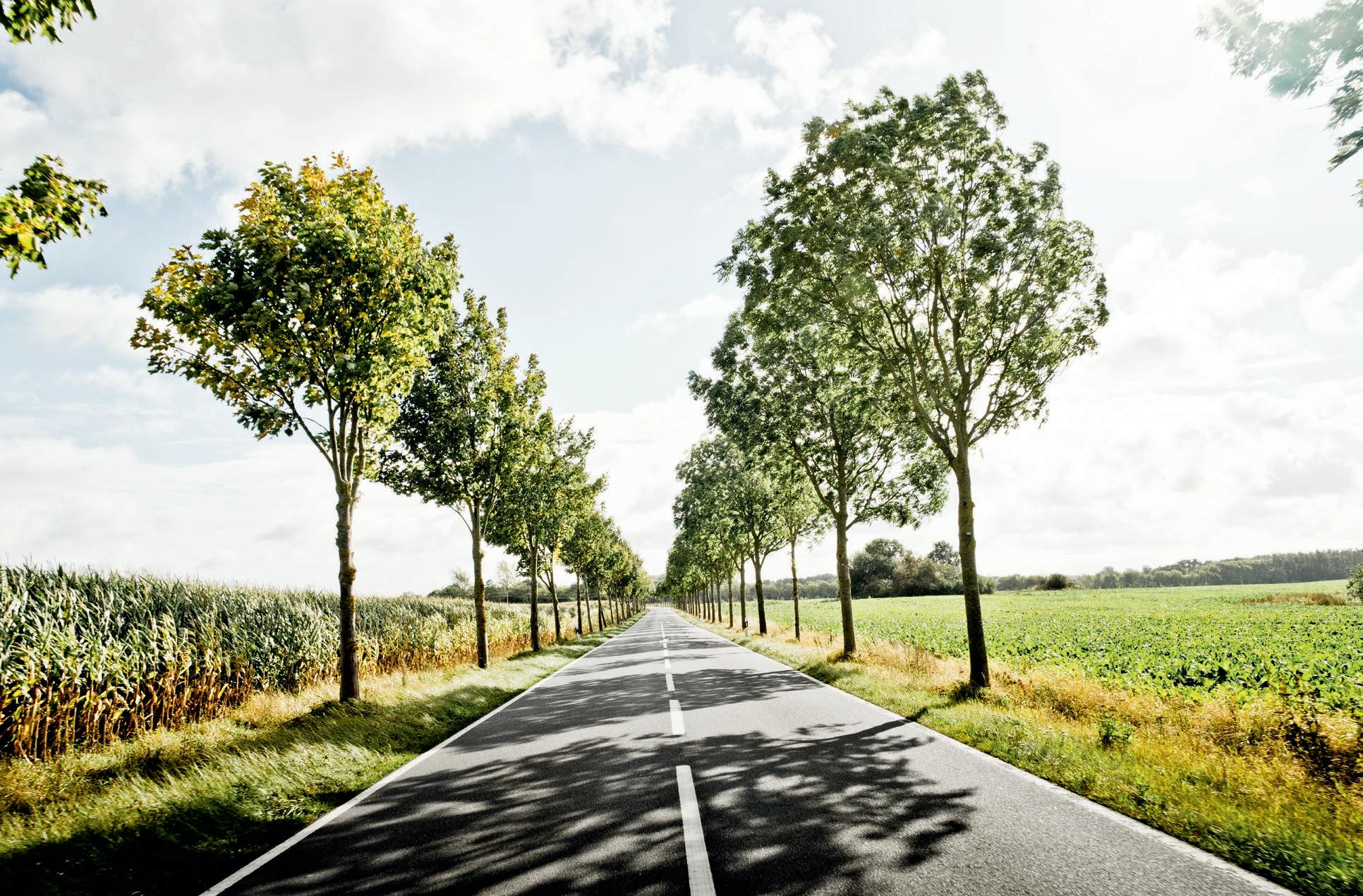



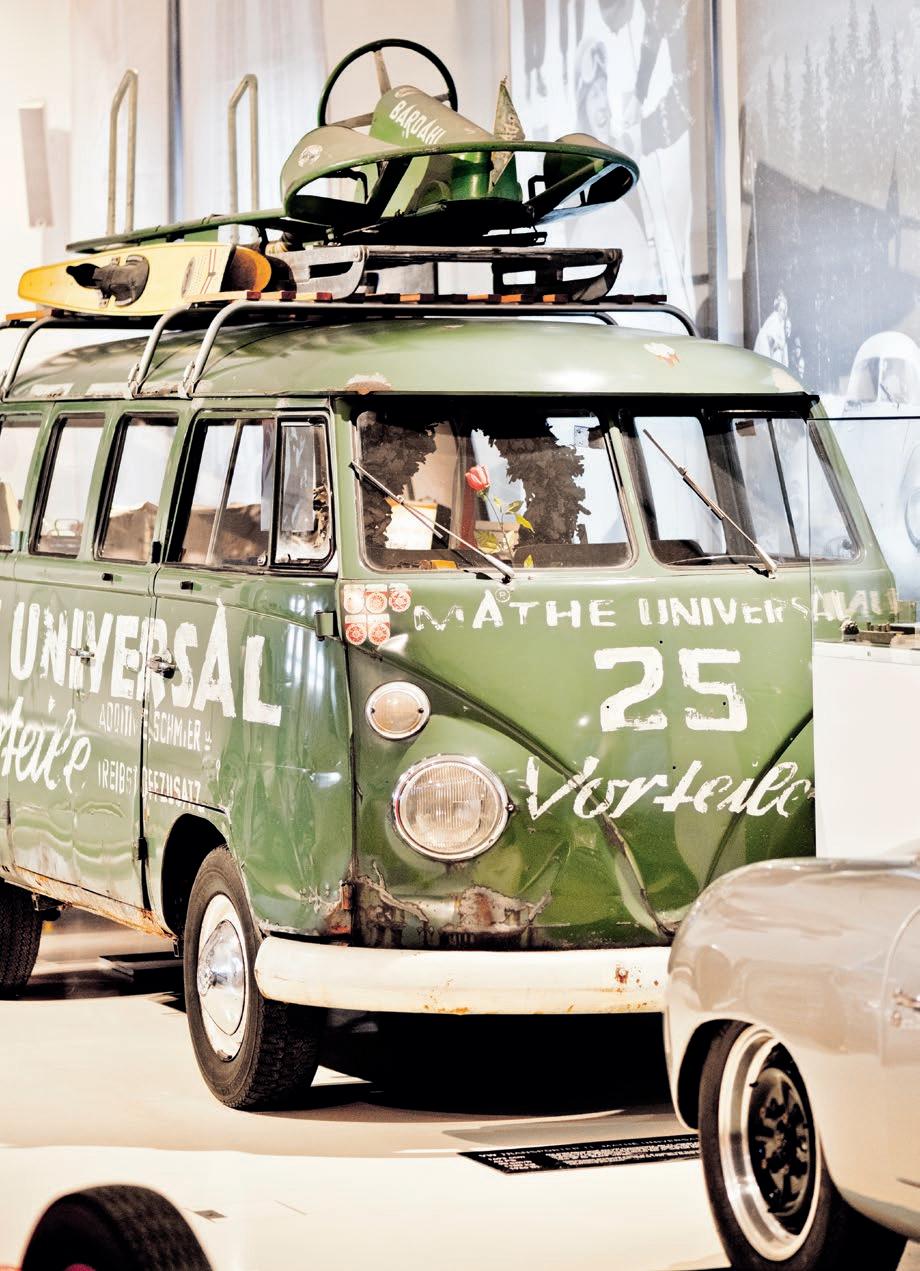
der Küstenlinie bis zur Wesermündung bei Nordenham. Breit und braun wälzt sich hier die Weser in die Nordsee, am anderen Ufer ducken sich die Werften, Containeranlagen und Silos von Bremerhaven; um hinüberzukommen, muss aber zuerst die Weser überwunden werden. Eine Viertelstunde weiter südlich hechten wir in den Tunnel unter dem Fluss und nehmen dann erneut die Autobahn nach Norden. Mittlerweile sind wir gute vier Stunden unterwegs und haben rund 200 Kilometer auf der Uhr – kein Wunder, dass uns der Magen knurrt und wir seit einiger Zeit bei jedem Restauranthinweis prophylaktisch vom Gas gehen, mental die kulinarische Notbremsung vorbereiten. Dem Meilenfresser-Umfeld der Autobahn können wir in diesem Zustand natürlich nichts abgewinnen, Trucker-Kartoffeln zu in Tütensoße ertränkten Frikadellen unter Warmhaltestrahlern oder Fast Food an Autobahn-Raststätten sind irgendwie nicht unser Ding.
Vor unserem inneren Auge tanzen Matjes und Salzwiesenlamm, es hilft also alles nichts: zurück ans Wasser, wo all die guten Dinge in kleinen reetgedeckten Restaurants auf den Teller springen. Also Blinker setzen, runter von der Bahn und die rund zehn Kilometer zurück ans Wasser fahren. Mit den Sonnenstrahlen ist die Wärme gekommen, wir fahren mit offenem Fenster und genießen den Duft der Kornfelder, das würzige Aroma der schilfbestandenen Entwässerungsgräben links und rechts der Straße. Dann wird die Vision zur Wirklichkeit. Speck, Salzkartoffeln und Champignons schmiegen sich an ein Schollenfilet, Krabben betten sich willig auf Schwarzbrot und streiten sich dabei mit einem Stück Räucheraal um das Recht der Erstverzehrung. Nur das Salzwiesenlamm hatte keine Zeit, hat fairerweise aber ein Steak vom Küstenrind als Vertretung geschickt, begleitet von Butterbohnen. Sehr anständig, finden wir und bleiben, bis die Zeit vergeht. Endlich schrecken wir aber hoch: Cuxhaven will geschafft werden, dann am kleinen Flusslauf der Oste entlang in Richtung Süden, an Himmelpforten und Stade vorbei, ab nach Buxtehude und schließlich wieder auf die Autobahn nach Hamburg im Norden. 150 Kilometer später hat sich das freundliche
metres. However, we rejoin the coastline at Varel until reaching the mouth of the Weser at Nordenham. The River Weser flows wide and brown into the North Sea, with the shipyards, container depots and silos of Bremerhaven lining the opposite bank. But to get there, we first have to cross the Weser. A quarter of an hour further south, we duck into the tunnel beneath the river and then rejoin the autobahn heading north. By this time, we’ve been on the road for a good four hours and have covered around 200 kilometres – no wonder our tummies are rumbling. For some time now, we’ve been lifting off the gas in anticipation every time we pass a sign for a restaurant, mentally preparing ourselves for a culinary emergency stop. There really isn’t much on offer in this autobahn environment built for long-distance professionals. Somehow, the staple trucker diet of burger patties drowned in packet sauce, glowing under heat lamps and served with chips isn’t really our thing.
Dancing in our mind’s eye are pickled herring and salt-marsh lamb. There’s nothing else for it – we’re going to have to head back to the water, where all the good stuff is served in little restaurants with thatched roofs. So, it’s on with the indicator and off of the autobahn to drive the roughly ten kilometres back to the water. The sunshine has brought warmth to the air, so we roll the windows down and enjoy the scent from the cornfields and the rich aroma of the reed-covered drainage ditches to the left and right of the road. Then the vision becomes reality – bacon, boiled potatoes and mushrooms nuzzle up to fillet of plaice, prawns rest compliantly on wholemeal bread and fight with a piece of smoked eel for the right to first consumption. Only the salt-meadow lamb was unable to fit us into its busy schedule, but was nevertheless decent enough to send along a steak from shore-grazed cattle in its stead, accompanied by butter beans. We find it all very much to our liking and while the way the time accordingly. Ultimately, however, we snap out of our reverie – we have to get to Cuxhaven then head south along the little River Este past Himmelpforten and Stade to Buxtehude and finally back onto the autobahn heading north to Hamburg. 150 kilometres later, the gentle
MUSEUM
AUTOMUSEUM PROTOTYP
SHANGHAIALLEE 7 20457 HAMBURG
DI. – SO. 10:00 – 18:00
MONTAGS GESCHLOSSEN
WWW.PROTOTYP-HAMBURG.DE
MINIATUR WUNDERLAND
KEHRWIEDER 2-4/BLOCK D 20457 HAMBURG
WWW.MINIATUR-WUNDERLAND.DE
